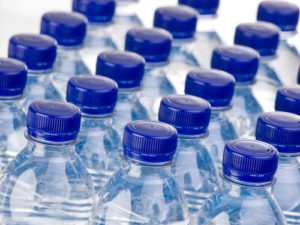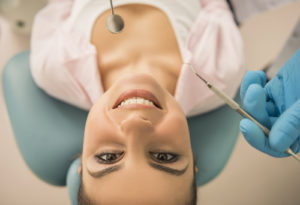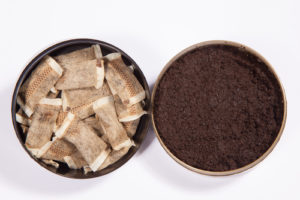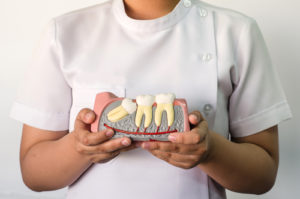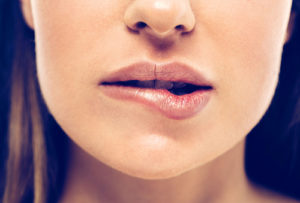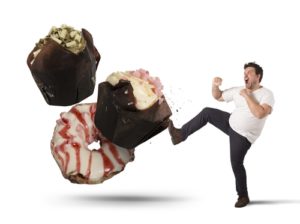 At my dental office in Modesto, we spend a lot of time getting people to open up and say, “Ah!” It’s because your oral health can tell us a lot about what is going on in the rest of your body. Did you know that your tongue can also provide some pretty interesting clues about you too?
At my dental office in Modesto, we spend a lot of time getting people to open up and say, “Ah!” It’s because your oral health can tell us a lot about what is going on in the rest of your body. Did you know that your tongue can also provide some pretty interesting clues about you too?
What Are You Looking At?
Your tongue is really quite marvelous and it says a mouthful about oral and overall health. It consists of eight muscles and never ever gets tired. The tongue is constantly at work. At any given moment this super strong muscle could be doing one (or more) of the following with or without you even being aware of it:
- Helping break down food
- Helping you speak clearly
- Filtering out bad germs
- Pushing saliva down the throat (even during sleep)
What Are You Looking For?
The next time you’re in front of a mirror, go ahead and stick out your tongue. Take a long look and note what you’re seeing. Are there red or white spots? Is it dark and almost hairy in appearance? Is there any redness? What you see could say a lot about what’s going on inside your mouth and inside your whole body. It’s important to keep a keen eye on anything that’s abnormal or feels suspicious so you can let your Modesto dentist do a thorough examination. Here are some examples of what you might find and what it means:
- White Patches – This could signify an overgrowth of candida (yeast) fungus. It’s common in babies and young children and is easily treated with a prescription anti-fungal rinse or pill.
- Black/Hairy Appearance – Diabetes, a yeast infection, poor oral hygiene, or cancer therapies could be to blame.
- White/Red Spots – These obvious spots are actually quite common. They are usually the result of worn down taste buds.
- Redness – Illnesses like strep throat or deficiencies in B-12, folic acid, and iron can also cause this kind of irritation.
- Bumps – Large bumps or sores on the tongue are often a sign of canker and cold sores.
- Webbing or Stripes – This can signal a chronic oral lichen planus which is a chronic condition that occurs when your immune system is attacking cells.
Be on the lookout for anything suspicious or anything your tongue might be trying to tell you. Please call my Modesto dental office and let us take a look. Together we can get to the bottom of the problem and decide what treatment (if any) will get you and your tongue healthy again.




